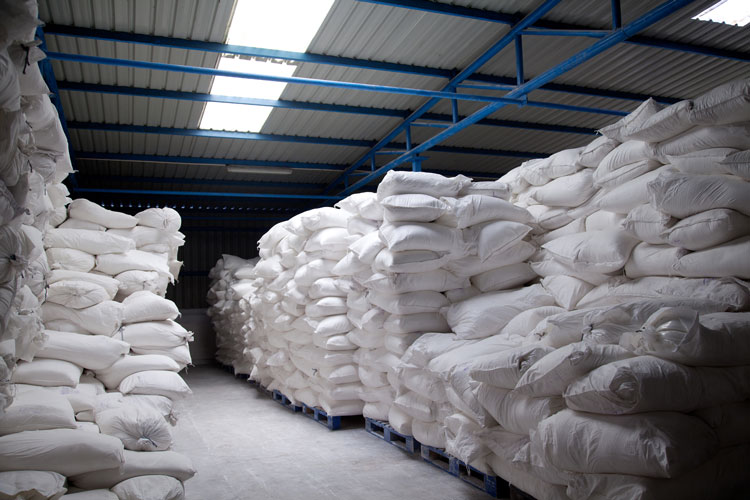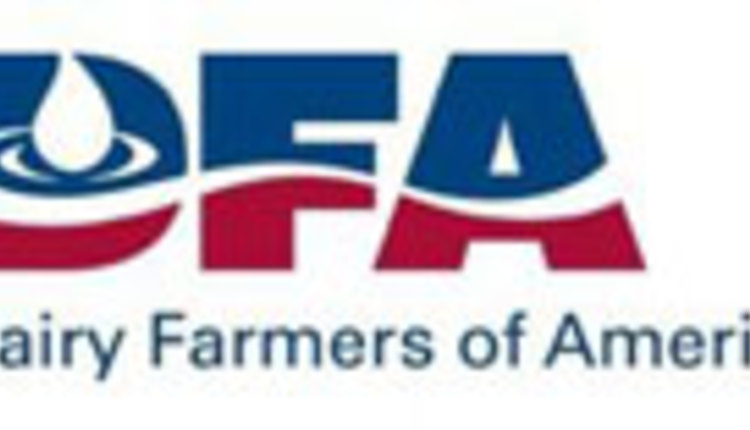
“We usually keep about 20 days of milk powder inventory on hand,” said Keith Murfield, CEO of United Dairymen of Arizona, on the May 6 episode of Hoard’s Dairyman DairyLivestream.
Now, the cooperative is sitting on 70 days of stock.
That’s a 250% jump in inventories.
Jay Bryant, CEO of Maryland & Virginia Milk Producers Cooperative, echoed very similar numbers with his organization. Murfield and Bryant lead the 11th and 13th largest dairy cooperatives in the country, respectively, based on the October 10, 2019, Hoard’s Dairyman article “The top 50 dairy co-ops retain market share.” With typical dairy demand destructed by coronavirus-induced buying patterns, cooperatives are having to get more flexible with their capabilities.
Bryant and Murfield provided insight to that flexibility on the latest DairyLivestream episode, “Co-ops, customers, and COVID-19.” They were joined by regular guests Chris Wolf of Cornell University and Mark Stephenson of the University of Wisconsin-Madison to discuss just how tight farm finances might get.
The recording of the entire discussion can be viewed here. This week’s broadcast was sponsored by Protekta.
Drying up milk
Both United Dairymen of Arizona (UDA) and Maryland & Virginia Milk Producers have stepped up powder production. This is a logical transition to a shelf-stable choice for milk since fluid milk sales to food service customers have slumped.
When it comes to UDA, the co-op runs one plant with a capacity of 8.5 million pounds, Murfield said. That includes driers that were running at capacity even before the market changes induced by COVID-19 hit in full force. That’s because the “spring flush” and the extra milk it brings arrived sooner this year. “March 11 in my estimation,” said Murfield.
For nearly two weeks, the cooperative did have to dump milk and buttermilk into manure digesters. “We even had to dump cream for the first time in my 46-year career,” Murfield expanded. UDA has since stopped dumping by reimplementing their over-quota system and asking producers to reduce production by 10%.
Maryland & Virginia members have not been asked to dump milk or reduce production at this point, although the co-op’s two ingredient plants are operating at their capacities of 4 million pounds to make a lot of butter and milk powder
“Our plants are running wide open 24 hours, seven days a week,” said Bryant. “But there are few outlets to move inventory right now. It’ll take time to work down.”
Drive down prices
As inventory is worked through slowly, both men acknowledged that larger powder inventories will hold down Class IV prices for the foreseeable future. Stockpiling is happening in other countries, as well — not painting a much better picture for the global market.
Stephenson pointed out that nearing cold storage limits for products such as cheese will put further pressure on the market.
However, Class III is expected to be a bit of better news. Dairy producers may see a larger spread between Class III and Class IV than normal, Murfield said.
Exports are also showing some light, as the southeastern Asian market picks up some of the slack lost in sales headed to Mexico.
Certainly, there is a long road ahead for some recovering of dairy markets. But Murfield reminded that, “There’s not as much doom and gloom as two weeks ago.”
An ongoing series of events
DairyLivestream will continue to dissect various aspects of the dairy markets over the coming weeks. Join us each Wednesday at 11 a.m. (CDT) to hear from dairy leaders and experts. Registering for one event will register you for every week.











